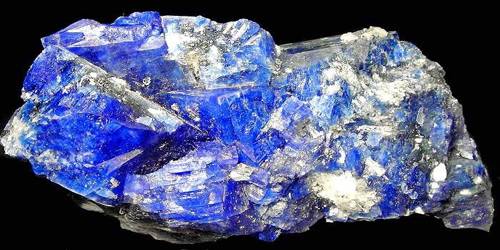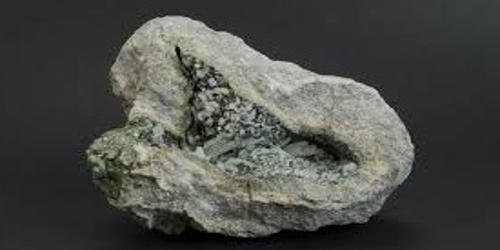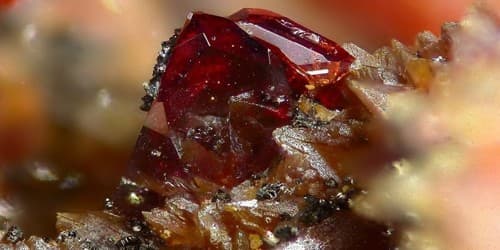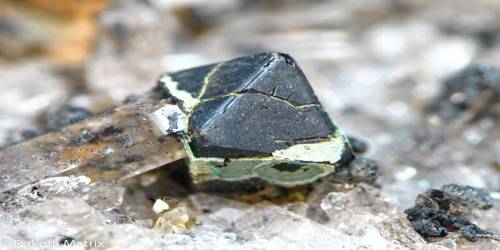Carletonite is a rare silicate mineral with formula KNa4Ca4(CO3)4Si8O18(F, OH)·(H2O). It is a rare mineral that can be found at its type, and only, the locality at the Poudrette quarry at Mont Saint-Hilaire in Quebec, Canada. It is structurally interesting as well as beautiful. Like any member of the Phyllosilicates Subclass, carletonite’s structure is layered with alternating silicate sheets and the potassium, sodium and calcium layers.
It is named after Carleton University, in Ottawa, Ontario. It was first described in 1969 for an occurrence at Mont Saint-Hilaire, Quebec. The type locality at Mont Saint–Hilaire is the only reported occurrence.
General Information
- Category: Phyllosilicate
- Formula: KNa4Ca4(CO3)4Si8O18(F, OH)·(H2O)
- Crystal system: Tetragonal
- Crystal class: Ditetragonal dipyramidal (4/mmm).
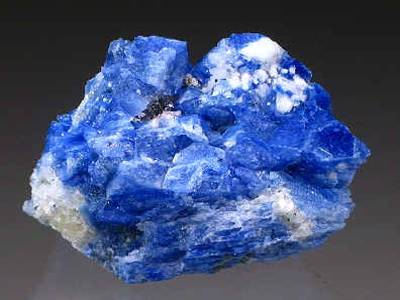
Properties
Carletonite has been found as transparent pale blue, opaque to translucent pink, white and grey material with color zoning. It is a phyllosilicate and a member of the apophyllite group. Its tetragonal crystals are a translucent blue, white, colorless or pink with a vitreous to dull luster. It has a density of 2.45 and a hardness of 4-4.5.
- Color: Colorless, light blue, dark blue, or pink
- Crystal habit: Prismatic crystals, massive
- Cleavage: Perfect on {001}, good on {110}
- Fracture: Conchoidal
- Tenacity: Brittle
- Mohs scale hardness: 4 – 4.5
- Lustre: Vitreous
- Streak: White
- Diaphaneity: Transparent to translucent
- Specific gravity: 2.45
Occurrence
It occurs in hornfels and siliceous marble xenoliths within and adjacent to a nepheline syenite intrusion. It occurs in association with quartz, narsarsukite, calcite, fluorite, ancylite, molybdenite, leucosphenite, lorenzenite, Galena, albite, pectolite, apophyllite, leifite, microcline, and arfvedsonite.
Information Source;
